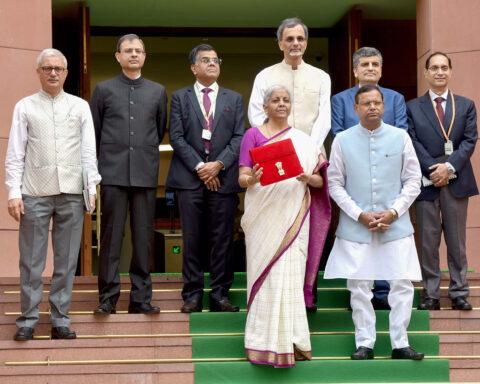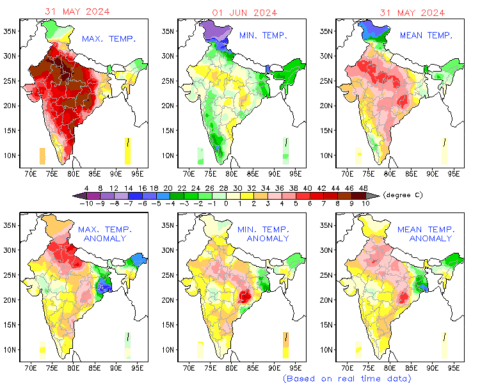In April alone, the police of various states unearthed a string of pan-India cyber fraud operations. In Delhi, one Nasim Malitya was arrested with 22,000 SIM cards. He was allegedly the main supplier of SIMs to cyber criminals across India. His interrogation led to a further five arrests — of people from Jamtara in Jharkhand, which has acquired global notoriety for being a hub of cybercrime. The arrested criminals were running a sophisticated racket by impersonating customer care executives of private banks and e-commerce websites. They used hacked customer details to drain the bank accounts of their victims. In Tamil Nadu, the Department of Telecommunications with the help of state intelligence wings blocked 19,654 mobile numbers that were allegedly linked to various types of cybercrime.
On April 23, the Centre of Excellence for Cyber Safety of the Telangana Police unearthed a Know Your Customer (KYC) fraud in which they found 11,000 SIM cards had been issued on a single Aadhaar number in Meerut district in Uttar Pradesh. The Telangana Police stumbled upon this fraud while investigating a case in which a Hyderabad resident’s bank account was drained of several lakh rupees after fraudsters obtained bank details under the pretext of updating the person’s KYC. Some of the other mobile numbers linked to the same Aadhaar identity were used to pull off similar crimes in Telangana.


























